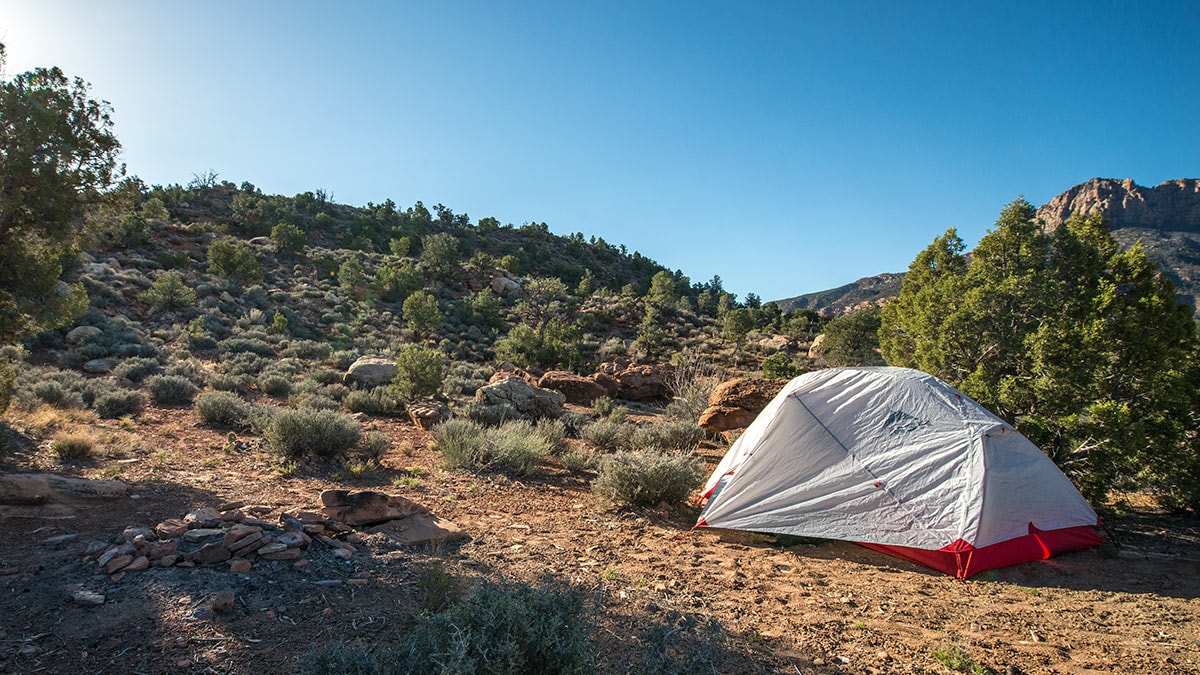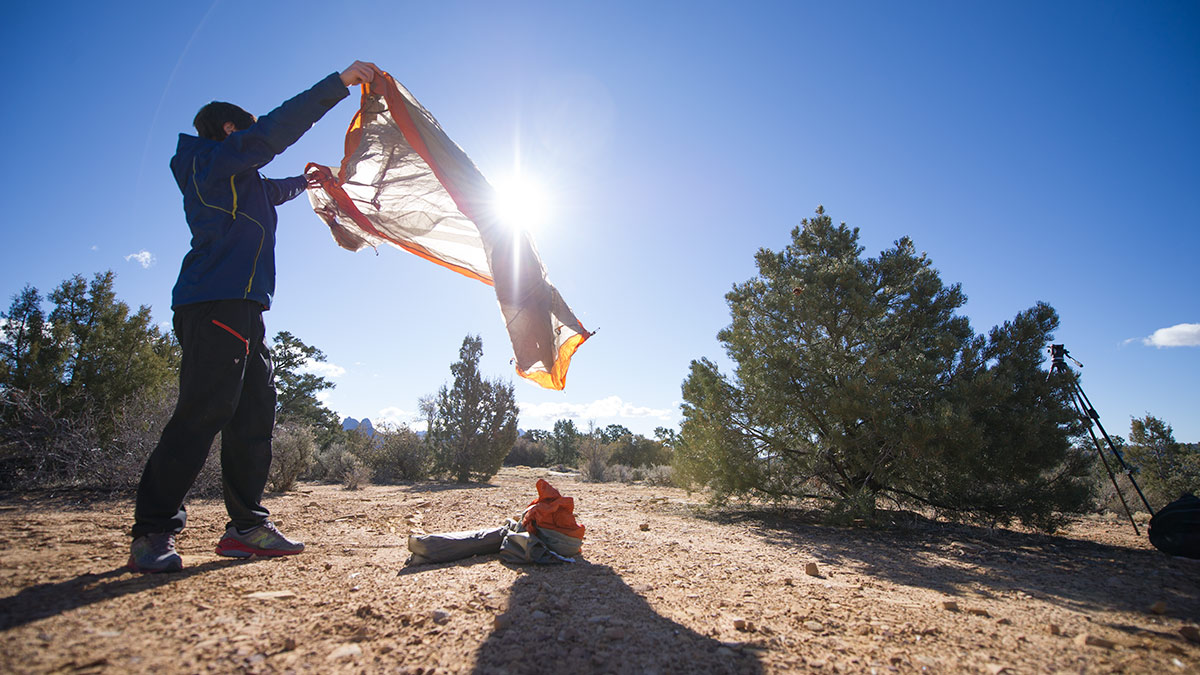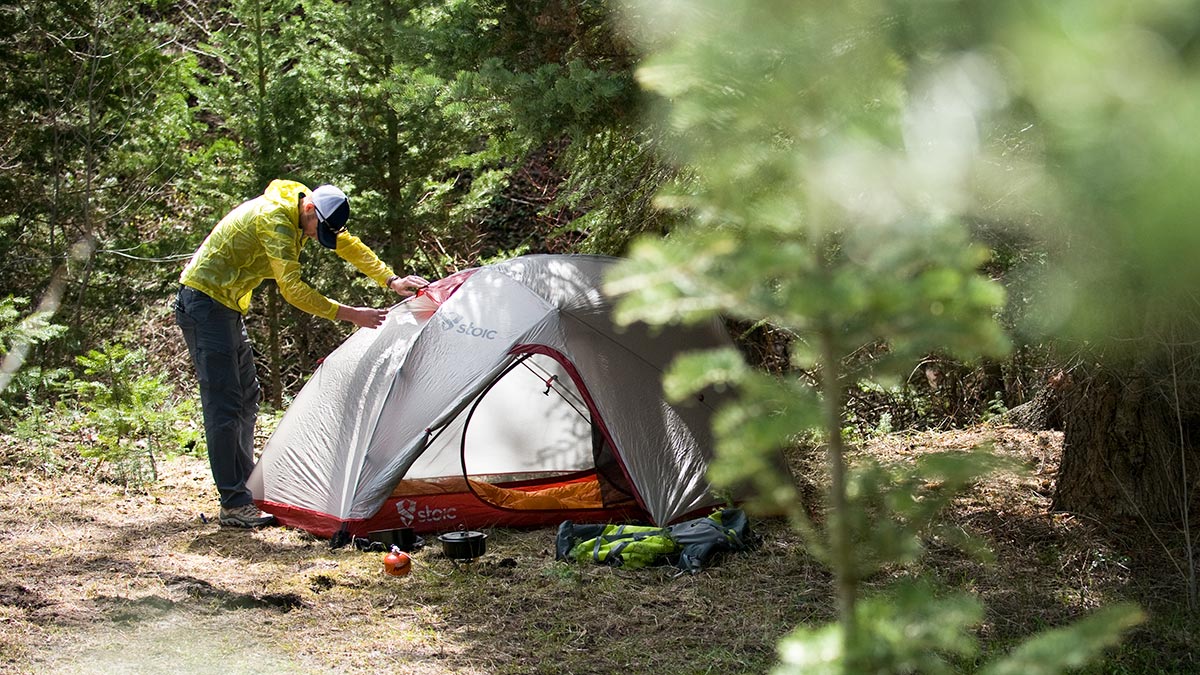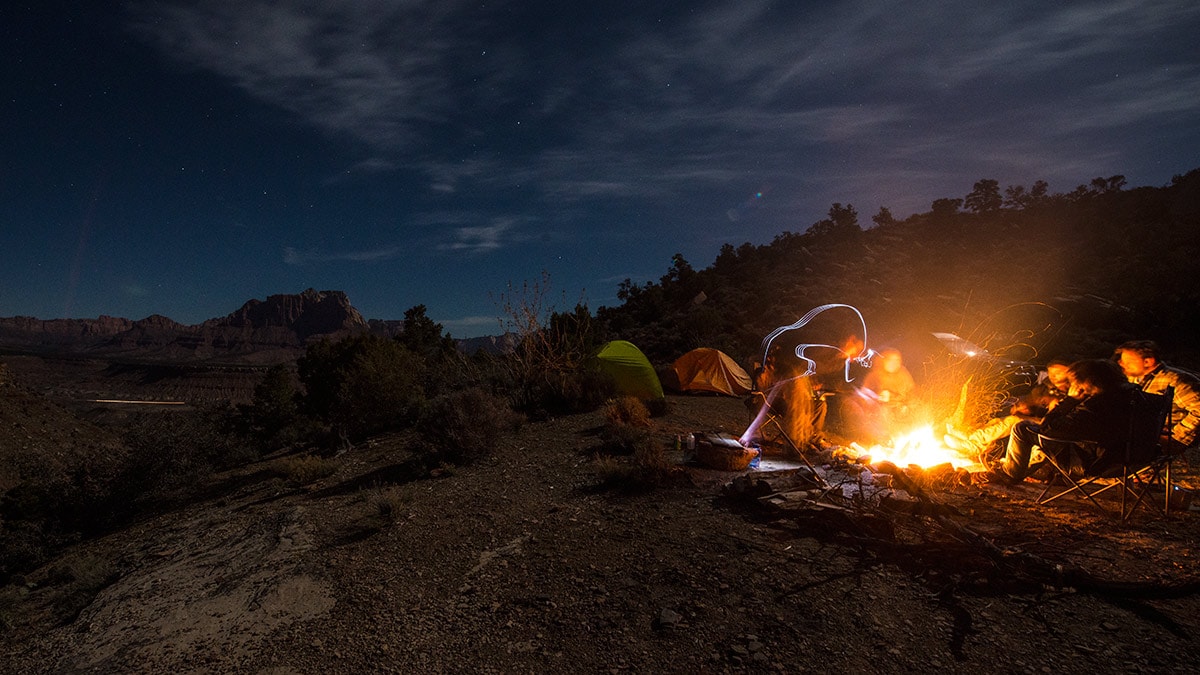Today, a few artillery rounds or an Apache attack helicopter could easily destroy even a fine castle like this. Being stationary can be fatal in modern times.
So our fall back Prepper strategy to address this concern takes us back to our roots of being hunter/gathers. Wandering around bodies of water and rivers while fishing or hunting the animals that depended on it was our way of life. Planting some wheat seeds for a primitive garden or having a herd of goats began about 9,000 BC, allowing larger groups to survive in an area longer before exhausting the food supply and having to move on.
So envision having a small herd of goats, each with a backpack carrying supplies, and a good herding dog to help protect them and provide security for you. In the Prepper Handbook ($4.99 on Amazon), we talk about how many goats, and other food sources, are needed to be a sustainable food supply. Here is an excerpt from the Prepper Handbook.
Seventy percent of the red meat consumed in the world is goat and they can provide wholesome milk for a family. Goats can forage for food better than any other livestock and can reproduce every 6 to 12 months. For this reason, they are highly recommended as the best sustainable food supply source. They are also very mobile and can browse on the move if you are traveling, bugging out on foot, or living a nomadic lifestyle.
It takes about 3 – 8 months after
birth for the kid (baby goat) to be ready for butchering. The gestation period
is 150 days or 5 months. Under ideal conditions, healthy young does produce
one, occasionally 2 kids per year. Older does produce 2 – 3 kids per year. A
doe will continue to produce until about 10 – 12 years old. So if you want to
eat one young goat per month, then you need no more than 12 does in theory, possibly
as few as 6, but have a few extras to be safe.
A goat will dress out at about 50% of their live weight. For example, a 100lb live goat will yield about 50 pounds of meat. With three does and a buck to breed them, you can raise about 3.3 pounds of meat per week against the 3.9-pound target below.
A goat will dress out at about 50% of their live weight. For example, a 100lb live goat will yield about 50 pounds of meat. With three does and a buck to breed them, you can raise about 3.3 pounds of meat per week against the 3.9-pound target below.
This is one of many Prepper Handbook tables to prepare a sustainable meal plan
An alternative plan below is to
raise Nigerian Dwarf goats. Instead of having 12 large 120 pound Boer goats,
have 32 small ones (70 lbs). This
will provide a stable monthly supply of meat and require minimum canning, drying,
or freezing when compared to the other alternative above. If you loose one of
your does to “predators,” you will still have 31 or 96.8% of your herd. In the
prior case, losing one would be 8% of your herd. Nigerian Dwarf goats make
good “pets” (smile) if you live in the city. Note some cities prohibit
livestock, but allow “pets” that are named.
Most meat breeds like Boers (most
common US
goat), Spanish, Fainting, and Pygmies and occasionally Nubians (most
popular dairy goat) will breed all year around. In this case, you can breed one
doe each month to have a regular supply of kids to eat. They can be bred at 6-8
months of age when they reach a typical adult weight. Boer, Nubian & Nigerian
Dwarfs are known to have multiple births, i.e. 2 kids at a time. Spanish goats
and a New Zealand
breed called Kiko are the hardiest,
lowest maintenance & best foragers. These Kiko goats are what I would
want if I could only have one type animal and were on the move (nomadic).
Pygmy goats are small and good to
eat. Nigerian Dwarf goats are small and good milk producers. After a few laying hens, this is what I would get if I lived in the city.
Goats consume about 4.5 pounds of grass
or hay per day per 100 pounds of body weight. For example, a 100 lb goat would
eat 4.5 lbs of hay or grass, and a 50 lb goat would eat 2.25 lbs (4.5÷2) per day. In addition to hay, goats also need to eat some brush and
feeding a little grain is good. Ideally, you should feed one pound of grain per
day per goat. Keeping six goats on three acres of land should be sustainable,
but they should be rotated to different one (of 3) acre pasture every 30 days.
If your only buck is lost, you are in serious trouble, so having extras is a good idea. Half of your kids born should be bucks, so save a few of them and then eat the rest. Since one buck can breed about 25 does, you should keep more does than bucks. Bred does are a highly valuable asset for barter, but better yet, loan a few to a friend to raise some kids as this helps secure your herd having some in a different location.
If your only buck is lost, you are in serious trouble, so having extras is a good idea. Half of your kids born should be bucks, so save a few of them and then eat the rest. Since one buck can breed about 25 does, you should keep more does than bucks. Bred does are a highly valuable asset for barter, but better yet, loan a few to a friend to raise some kids as this helps secure your herd having some in a different location.
Horses for travel are also a huge asset in a nomadic life style. They
allow you to travel quickly, to carry heavier loads and they can live on
grass as goats do. Having a mountain bike with a cart might be a good modern alternative.
Adapting your cart to be a pen for chickens would add a food source of eggs and meat. In addition, having a supply of seeds to plant along your route could provide future food when you return this way. Migrating south for the winter, like the birds, would likely be part of a nomadic life-style.
You also need a strategic
method of travel, using a V or diamond formation, with a scout on point ahead of the herd and others on the
sides. Each member of the group should have a survival pack and any scouts moving ahead of the herd
should have a scout pack with more defensive contents. After this,
it is critical that you have a survival plan. But that is a topic that would be
unique for a nomadic lifestyle, which would only be feasible if the
populations were lower even than when the Native American Indians ruled the US which was estimated to
be only a few million.
For additional information see the following
links:







